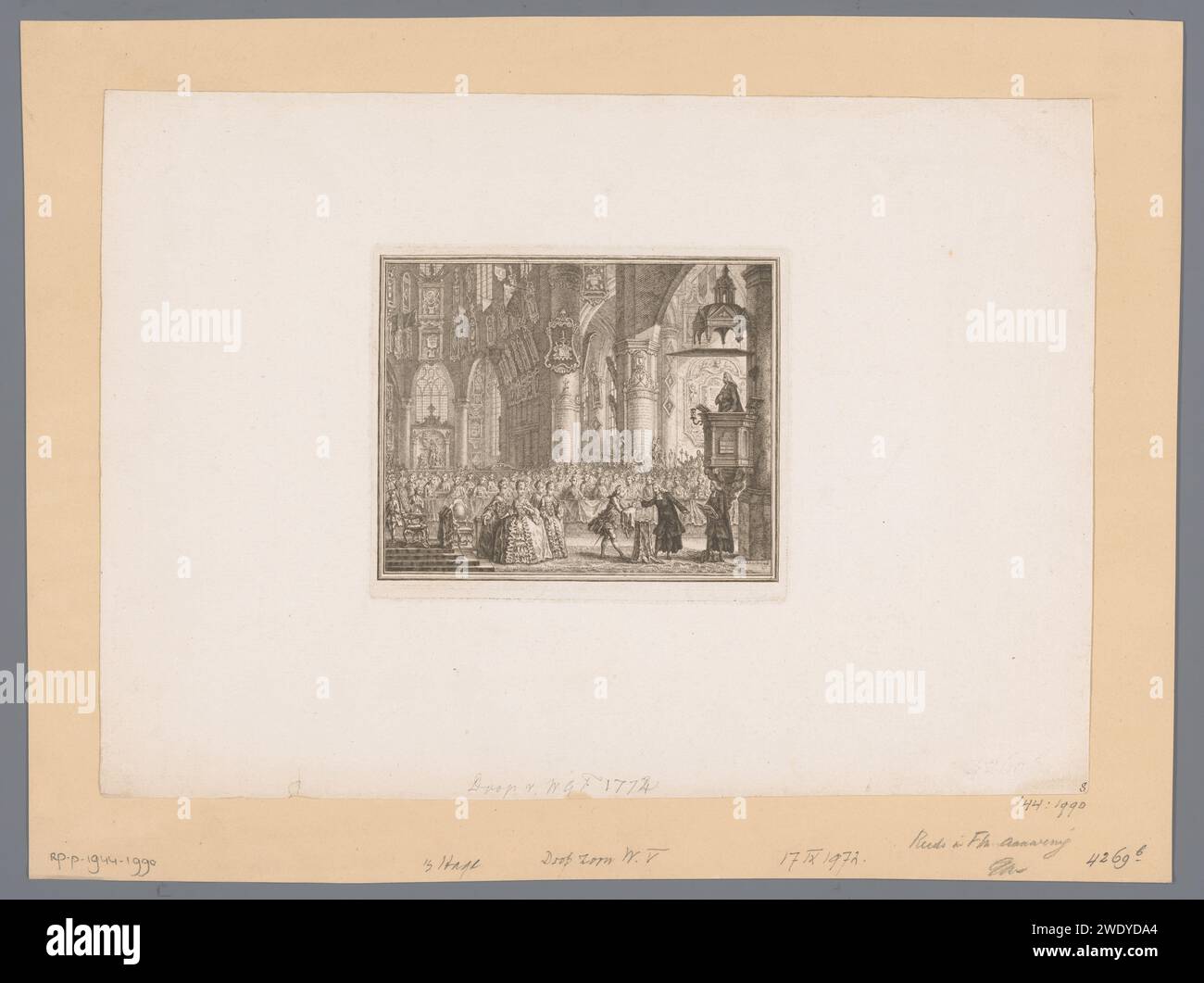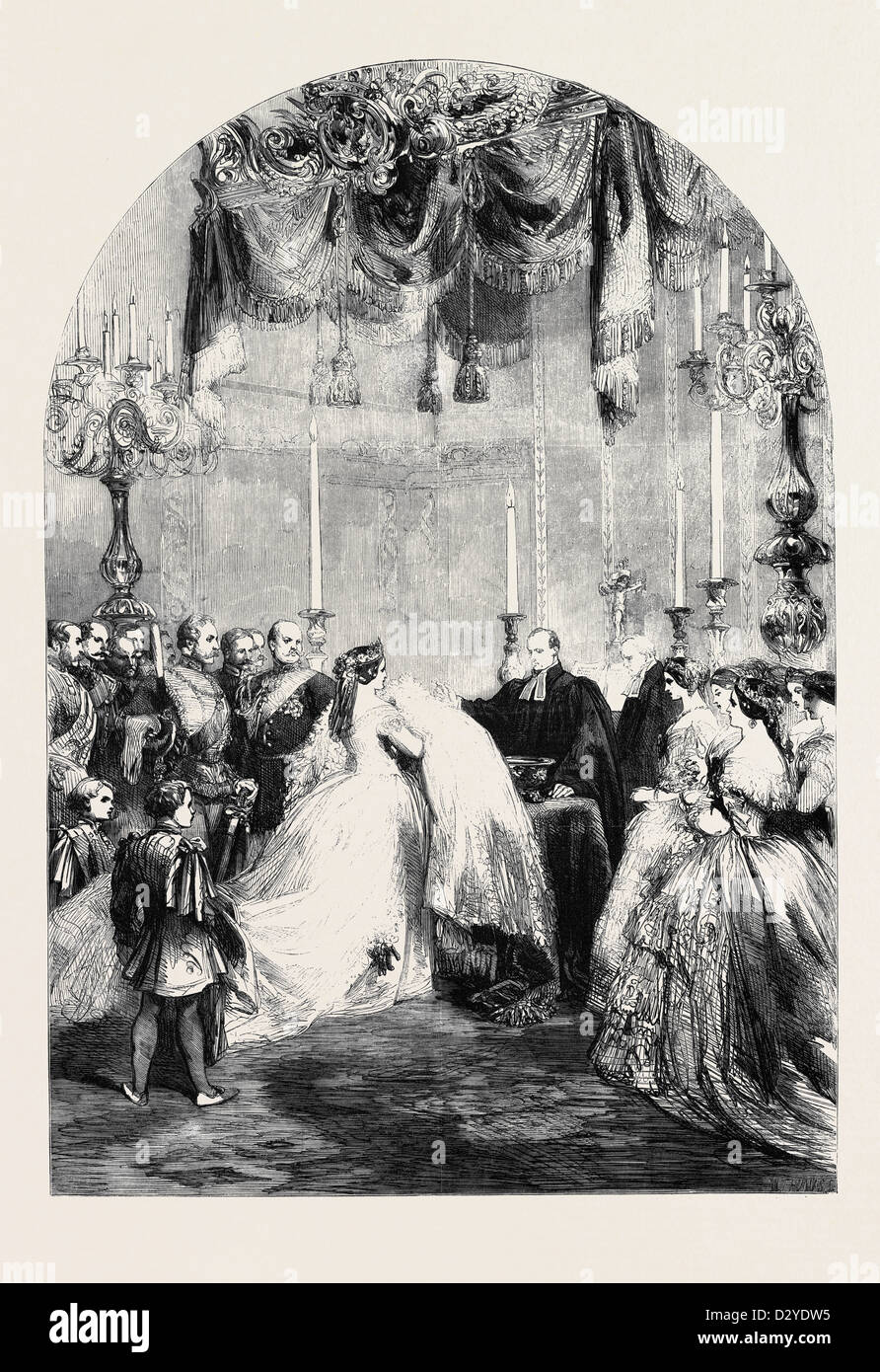Prince William Baptism: A Royal Ceremony With Timeless Traditions
The baptism of Prince William remains one of the most memorable royal events in history, capturing the attention of millions around the globe. The ceremony, which took place on August 4, 1984, was a grand celebration filled with royal traditions, historical significance, and heartfelt moments. This event not only marked the beginning of Prince William's spiritual journey but also provided a glimpse into the private life of the British royal family.
Born on June 21, 1982, Prince William's baptism was a highly anticipated occasion. The world watched with great interest as the heir to the throne, along with his parents, Prince Charles and Princess Diana, celebrated this significant milestone. The event symbolized the royal family's commitment to faith and heritage, making it an unforgettable moment in royal history.
This article will explore the details of Prince William's baptism, including the traditions, rituals, and the significance of this event. We'll also delve into the historical context and the impact it had on the royal family and the public. Let's dive into the fascinating world of royal ceremonies and traditions.
Read also:Hustle Wig The Ultimate Guide To Elevating Your Style Game
Table of Contents
- Biography of Prince William
- Overview of Prince William's Baptism
- Traditional Rituals in the Ceremony
- The Significance of the Baptism Location
- Royal Family and Guests Attendance
- Symbolic Elements in the Ceremony
- Historical Context of Royal Baptisms
- Public Reaction to the Baptism
- Media Coverage and Global Impact
- The Future Significance of the Baptism
Biography of Prince William
Before diving into the details of Prince William's baptism, it's essential to understand who he is and his role in the royal family. Prince William, Duke of Cambridge, was born as the eldest son of Prince Charles and Princess Diana. He is second in line to the British throne, following his father.
Prince William's Early Life
Prince William Arthur Philip Louis was born at St. Mary's Hospital in Paddington, London. His arrival brought immense joy to the royal family and the nation. Below is a brief overview of his early life:
| Full Name | Prince William Arthur Philip Louis |
|---|---|
| Date of Birth | June 21, 1982 |
| Place of Birth | St. Mary's Hospital, Paddington, London |
| Parents | Prince Charles and Princess Diana |
| Siblings | Prince Harry |
Overview of Prince William's Baptism
The baptism of Prince William took place on August 4, 1984, at St. James's Palace in London. The ceremony was conducted by the Archbishop of Canterbury, Robert Runcie, and followed the traditional Anglican baptismal rites. This event was steeped in royal traditions and symbolism, reflecting the deep-rooted faith of the British monarchy.
Key Details of the Baptism
- Date: August 4, 1984
- Location: Chapel Royal, St. James's Palace
- Conducted by: Archbishop of Canterbury, Robert Runcie
- Attendees: Immediate family members, close relatives, and select dignitaries
Traditional Rituals in the Ceremony
The baptism of Prince William featured several traditional rituals that have been passed down through generations of the British royal family. These rituals are deeply symbolic and hold significant meaning in the context of royal ceremonies.
Royal Baptismal Robe
One of the most iconic elements of the ceremony was the use of the Royal Baptismal Robe. This exquisite garment, made from Honiton lace and satin, was first worn by Queen Victoria's eldest child, Victoria, Princess Royal, in 1841. The robe has been used in numerous royal baptisms, including those of Prince William and his son, Prince George.
The Significance of the Baptism Location
The choice of St. James's Palace as the location for Prince William's baptism was not arbitrary. This historic palace has been the site of many significant royal events, including weddings and christenings. The Chapel Royal, in particular, is renowned for its exquisite architecture and spiritual ambiance, making it an ideal setting for such a solemn occasion.
Read also:Golden Hour Nails The Ultimate Guide To Elevating Your Manipedi Game
Royal Family and Guests Attendance
The baptism was attended by members of the royal family, including Queen Elizabeth II, Prince Philip, and other close relatives. The presence of these esteemed guests underscored the importance of the event and the familial bonds that define the monarchy.
Guest List Highlights
- Queen Elizabeth II
- Prince Philip, Duke of Edinburgh
- Prince Charles and Princess Diana
- Close relatives and family friends
Symbolic Elements in the Ceremony
The ceremony was rich in symbolic elements, each carrying deep meaning and historical significance. From the water used in the baptism to the choice of hymns, every detail was carefully considered to reflect the spiritual and cultural values of the royal family.
Water from the River Jordan
One of the most notable symbolic elements was the use of water from the River Jordan. This water, which has been used in royal baptisms for centuries, symbolizes purity and spiritual renewal. Its inclusion in Prince William's baptism highlighted the enduring traditions of the monarchy.
Historical Context of Royal Baptisms
Royal baptisms have a long and storied history, dating back centuries. These ceremonies are not only religious events but also serve as a way to reinforce the monarchy's connection to faith and tradition. The baptism of Prince William was part of this rich heritage, drawing on centuries of royal customs and rituals.
Evolution of Royal Baptisms
Over the years, royal baptisms have evolved while retaining their core traditions. From the choice of location to the inclusion of modern elements, these ceremonies continue to adapt to changing times while honoring their historical roots.
Public Reaction to the Baptism
The baptism of Prince William was met with widespread enthusiasm and interest from the public. People around the world tuned in to watch the ceremony, eager to witness this historic event. The media played a crucial role in bringing the ceremony to a global audience, providing extensive coverage and analysis.
Media Coverage Highlights
- Live broadcasts on major networks
- Exclusive interviews with royal experts
- Extensive photo galleries and special features
Media Coverage and Global Impact
The media coverage of Prince William's baptism was extensive, with journalists and commentators providing detailed insights into the event. This coverage helped to create a deeper understanding of the significance of royal ceremonies and their role in shaping public perception of the monarchy.
Impact on Global Perception
The baptism of Prince William reinforced the global fascination with the British royal family. It highlighted the enduring appeal of royal traditions and their ability to captivate audiences worldwide. This event also served as a reminder of the monarchy's role in promoting unity and continuity.
The Future Significance of the Baptism
As Prince William continues to play an increasingly prominent role in the monarchy, the significance of his baptism becomes even more apparent. This event not only marked the beginning of his spiritual journey but also laid the foundation for his future responsibilities as a member of the royal family.
Legacy of the Baptism
The baptism of Prince William remains a cherished moment in royal history, symbolizing the continuity and resilience of the monarchy. As future generations look back on this event, they will see it as a testament to the enduring traditions and values that define the British royal family.
Conclusion
The baptism of Prince William was a remarkable event that combined religious significance, royal tradition, and global interest. From the intricate details of the ceremony to the symbolic elements that underscored its importance, this occasion provided a glimpse into the private world of the British monarchy. As we reflect on this historic event, we are reminded of the enduring legacy of royal traditions and their continued relevance in modern times.
We invite you to share your thoughts and insights in the comments section below. For more fascinating stories about the British royal family, explore our other articles and stay connected with the latest updates. Together, let's celebrate the rich history and vibrant future of the monarchy!




